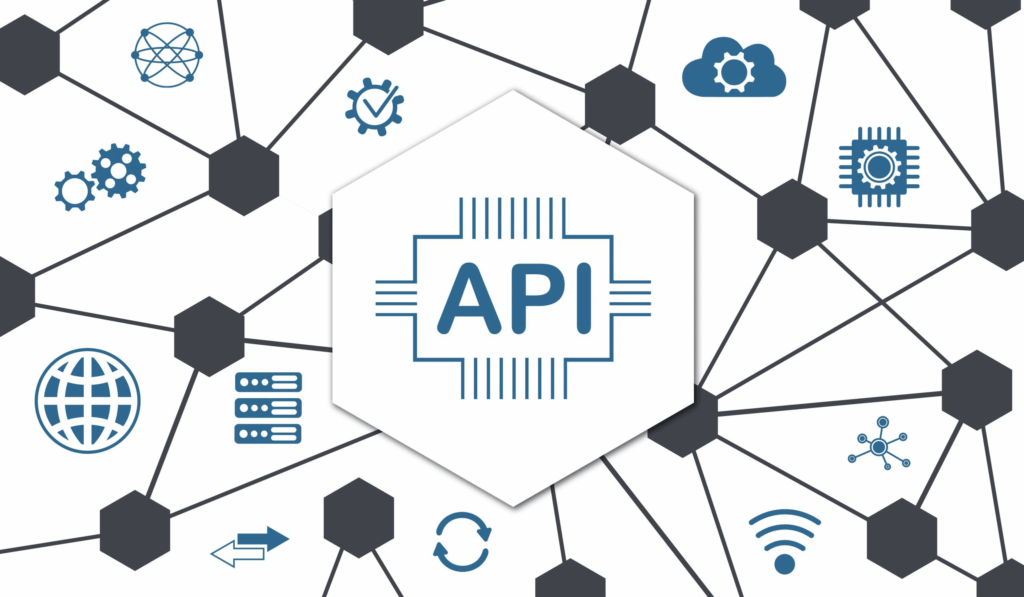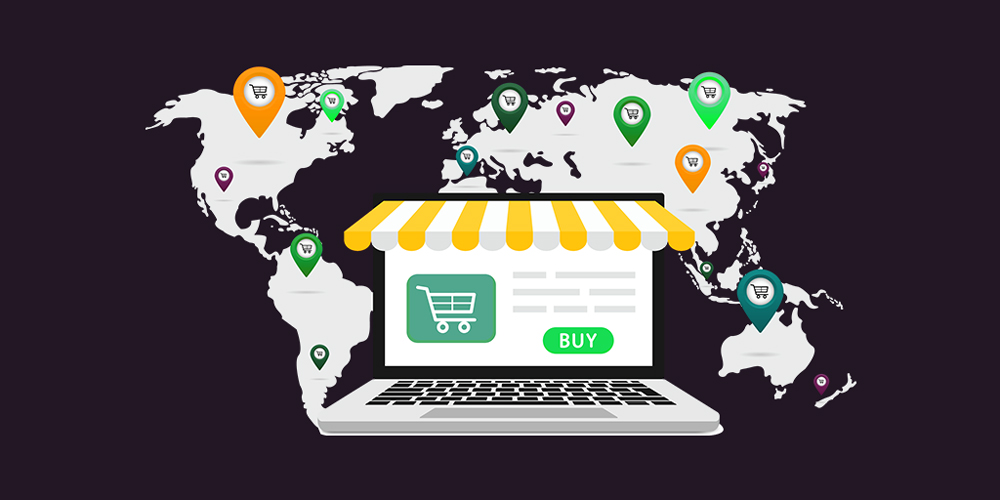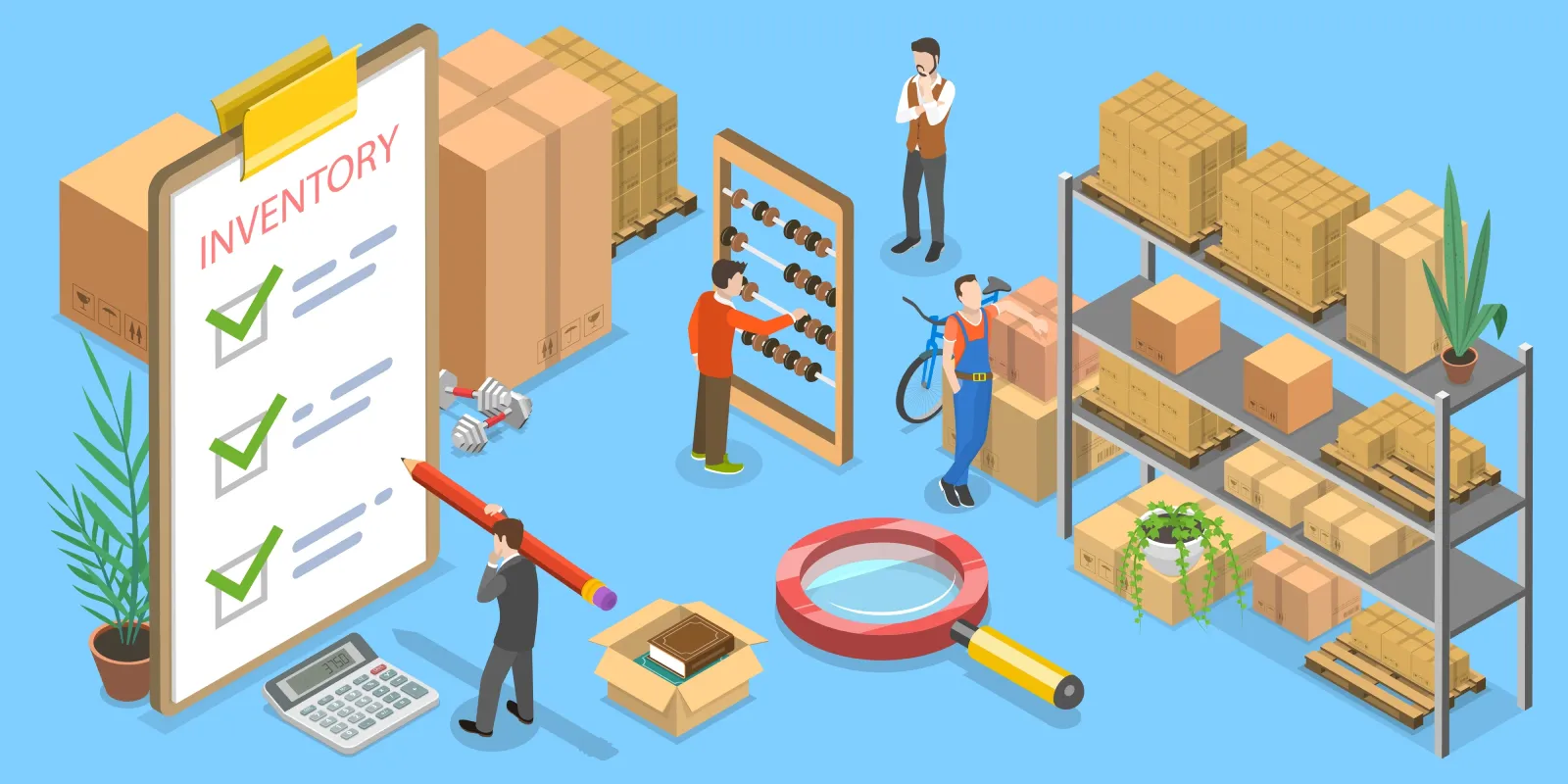智能路由 + 智能跟踪 = 全球交付魔法
Fast, transparent, and reliable global delivery isn’t luck — it’s the result of using data intelligently. For e-commerce businesses shipping internationally, every delay, customs issue, or lost parcel translates to lower customer satisfaction and higher costs. The solution lies in two robust systems working together: Smart Routing 和 Smart Tracking.
When combined, they create a seamless global delivery network. Packages move faster, updates are clearer, and customers feel in control. This is how modern cross-border logistics achieve what seems like magic.

What Exactly Is Smart Routing?
Why Traditional Routing Fails Global Shippers
Traditional shipping assigns a single route based on preset options. It doesn’t adjust for carrier delays, customs bottlenecks, or regional performance data. As a result, you might have two identical orders shipped on different days — one arrives in five days, the other in fifteen.
Intelligent routing eliminates that unpredictability. It dynamically selects the best path for each parcel based on data from carriers, routes, and customs records.
It factors in:
- Weather and geopolitical events that affect transit
- Local customs clearance performance
- Real-time carrier availability
- Cost-to-delivery time ratios
Every decision is data-driven, ensuring the fastest, most cost-effective delivery path.
What Advantages Does Smart Routing Offer?
- Reduced Delivery Time – Parcels automatically take the fastest route, even if carriers change mid-transit.
- 降低成本 – The system chooses options with the best cost-performance ratio, not just the cheapest rate.
- Higher Predictability – You can confidently set realistic delivery windows.
- Fewer Lost Packages – Real-time rerouting minimizes failed deliveries or returns.
Merchants using intelligent routing often see a 20–30% improvement in delivery reliability within the first month of deployment.
How Does It Work in Practice?
Imagine a shipment from Shenzhen to Paris. Traditional shipping may always use DHL Express. Intelligent routing, on the other hand, analyzes route data and determines that routing through Belgium with a handoff to GLS Europe shortens the average delivery time by 2 days and reduces costs by 15%.
It automatically selects that route — without manual decision-making.
What Is Smart Tracking?

How Does It Differ from Basic Tracking?
Most e-commerce systems only provide simple updates: “shipped,” “in transit,” and “delivered.” These are not enough. Customers want context — what stage the package is in, when it will arrive, and whether there’s a delay.
Smart Tracking centralizes logistics data from all carriers, providing both the seller and customer with a clear, real-time view of every shipment’s journey.
Core features include:
- Live status updates from multiple carriers
- Predictive estimated delivery dates
- Delay detection and alerts
- Branded tracking pages with your store identity
- Multilingual display for international buyers
It doesn’t just inform — it communicates and builds trust.
Why Does Smart Tracking Increase Customer Satisfaction?
Customers care more about transparency than perfection. Even if a parcel is delayed, being informed reduces anxiety and increases loyalty. Studies show that over 80% of global shoppers expect proactive shipping updates.
Smart Tracking creates that sense of control:
- They can see real progress on their package
- They receive alerts for customs checks or reroutes
- They no longer need to contact support for updates
Merchants experience fewer “我的订单在哪里?” emails and higher favorable review rates.
Why Combining Smart Routing and Smart Tracking Works Best

Can Routing Work Without Tracking?
Routing without Tracking improves speed but doesn’t solve communication issues. Customers still feel disconnected.
Tracking without routing improves visibility but not actual performance. Packages still face preventable delays.
Together, these systems ensure both 效率 和 透明度.
- Smart Routing = Intelligent decision-making for logistics
- Smart Tracking = Real-time visibility for customers
This combination forms the foundation of seamless cross-border delivery.
What Results Can Businesses Expect?
E-commerce brands that adopt both systems report measurable improvements:
- 25% faster average delivery time
- 30% fewer refund or dispute requests
- 40% drop in support tickets related to Tracking
- 更高的重复购买率
The impact extends beyond logistics — it shapes how customers perceive the reliability of your brand.
Case Study: How an Apparel Brand Transformed Its Global Shipping
A mid-sized apparel brand shipped from Asia to Europe using standard courier services. Packages often took over two weeks to arrive, and Tracking stopped updating once the parcels left the country of origin. Customer complaints were frequent, and support teams spent hours answering the same questions.

Before implementation:
- Delivery time: 12–22 days
- Customer inquiries: 200+ per month
- Refund rate: 7%
After using Smart Routing + Smart Tracking:
- Delivery time: 8–11 days
- Inquiries: dropped to 70 per month
- Refund rate: under 2%
- Customer satisfaction score: +25%
Intelligent routing selected faster routes via Poland instead of direct Germany imports, bypassing customs congestion. Smart Tracking kept customers updated at every stage, significantly reducing the workload of the support team.
How to Implement Smart Routing and Tracking Step by Step
步骤 1:选择正确的平台
Look for logistics software or service providers that integrate both functions. Key capabilities include:
- Multi-carrier connectivity
- 人工智能驱动的路线优化
- Customs data integration
- Real-time tracking dashboard
- API or app support for Shopify, WooCommerce, or Magento
邮政包裹 is one such platform offering centralized shipping intelligence for international merchants.
Step 2: Connect It to Your Store

Most systems provide plug-ins for Shopify or simple API access. After connecting, the platform automatically imports orders, identifies carriers, and assigns tracking IDs.
You can monitor everything through a single dashboard, eliminating the need to log into multiple courier portals.
Step 3: Customize the Tracking Experience
Customers should never have to visit a third-party carrier website. Create a 品牌跟踪页面 特色:
- Your logo and brand colors
- Order summary and tracking number
- Real-time updates and ETAs
- Support or FAQ links
You can even embed marketing banners or loyalty offers to encourage repeat purchases while customers check their shipment.
第 4 步:自动发送通知
Innovative tracking systems can send automatic messages when:
- An order is shipped
- The parcel clears customs
- The delivery attempt fails
- The package is successfully delivered
Use both email and SMS to ensure customers receive updates instantly. Personalized, proactive communication strengthens brand trust.
Step 5: Analyze and Optimize

Once your system is active, monitor performance data:
- Which countries show frequent delays?
- Which carriers perform best for certain regions?
- Are customs issues increasing in specific ports?
With this data, you can refine routing rules, negotiate better rates, or open regional warehouses to shorten the last-mile distance.
Common Questions About Smart Routing and Tracking
Is It Expensive?
Not necessarily. Many SaaS-based solutions charge per shipment or based on volume tiers. The cost savings from fewer refunds, faster deliveries, and reduced labor usually outweigh software fees.
Does It Work with Dropshipping?
Yes. Dropshippers can integrate 第三方履行 tracking into their own branded experience. Customers see updates from your store domain, not from the supplier.
What If My Supplier Doesn’t Provide Tracking Data?
You can generate your own tracking numbers using a connected logistics platform. The system will then pull data directly from the carrier’s API once the parcel enters their network.
Can I Manage Multiple Warehouses?
Absolutely. Intelligent routing determines which warehouse should fulfill each order, optimizing for distance, delivery speed, and customs efficiency.
Why This Approach Changes Global Logistics

Intelligent routing and Tracking aren’t just about automation — they’re about intelligence. They help businesses predict delays, act before problems escalate, and deliver consistent results regardless of destination.
A well-implemented system brings four main benefits:
- Speed: Orders move faster due to data-based routing.
- Accuracy: Fewer misrouted or delayed packages.
- Visibility: Every stakeholder — supplier, brand, and customer — sees real-time updates.
- Customer Loyalty: Transparent communication leads to repeat sales.
When customers see that you handle delivery with precision and honesty, they’re more likely to buy again and recommend your brand.
Future of Global Delivery: Predictive and Transparent
E-commerce continues to expand globally, but complexity increases with every new shipping lane. The next generation of delivery management relies on predictive routing and transparent Tracking to meet buyer expectations.
Intelligent systems will soon use machine learning to predict:
- Best-performing routes by season
- Customs clearance probabilities
- Carrier overload before it occurs
This makes global logistics more efficient, affordable, and customer-friendly than ever before.
Bringing It All Together
Smart routing ensures every shipment takes the fastest and safest path. Smart Tracking ensures that every customer sees progress in real-time. Together, they redefine international delivery.
The combination reduces uncertainty, improves satisfaction, and scales with your business. It’s not magic — it’s smart data, applied at the right time.
Whether you’re shipping 100 or 10,000 orders per month, investing in smart logistics gives your brand the power to deliver on its promises — literally.
行业洞察
收件箱消息
Nulla turp dis cursus.整体释放,预留空间






